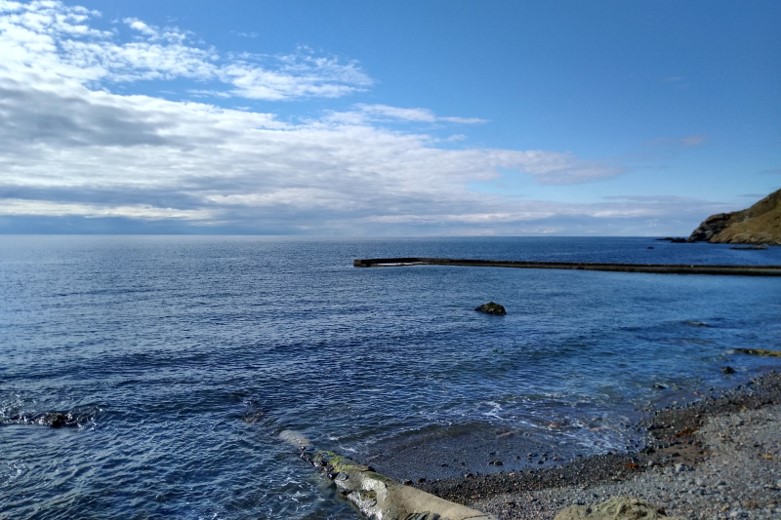As summer gradually draws to a close, people get back to work and schools are about to re-open, it’s time to present a bit of a summary of what happened over the past couple of months.
Dry wells and discoveries in Norway
Norway is the only country in Northwest Europe where discoveries were made over summer. On the first day of the warm season, the NDP announced that Vår Energi had made a discovery near one of the oldest offshore licences on the Norwegian Shelf through drilling 25/8-20B, C and S. With oil and gas proven in Eocene injectites and Skagerrak sandstones of Triassic age, the 60-135 MMboe discovery could be tied back to Balder/Ringhorne infrastructure.
A slightly more “complicated” discovery was announced by operator OMV in July when it became apparent that well 1/3-13 had drilled into a dry Chalk section of the Ommadawn prospect, which was the primary target, but had found oil in the Forties and Andrew sandstones of Paleocene age. As a nearby well also proved oil in the same intervals, the company will probably embark on a dedicated study to find out how connected the reservoirs are and how much can potentially be extracted.
The most frontier well drilled this summer was Aker BP’s 7234/6-1 well targeting Permo-Carboniferous reservoirs of the Stangnestind prospect in the Barents Sea. Seen as one of the last mega-closure tests, straddling the median line with Russia, the well was closely watched by the Russians. Although some gas was found, it is looking unlikely that any more activity will take place in the immediate vicinity, especially in Norwegian waters.
Another disappointing well result came from the area just south of the Troll field, where Equinor tested the poorly explored Stord Basin. Whilst the company is successful north of Troll, it couldn’t replicate this success in the south even though the well was temporarily suspended because of an apparently last-minute change to the well design due to the mapping of a larger than anticipated closure.
Longboat farm ins – Egyptian vulture spotted
A little while ago, new entrant Longboat Energy – a revival of the Faroe Petroleum management team – announced the farm in to eight licences on the Norwegian Continental Shelf. The company is now embarking on an ambitious programme of participating in seven exploration wells to be drilled in the 18 months to come. The first of those wells will be an Equinor-operated well in PL939, targeting the Egyptian Vulture prospect in the Norwegian Sea. With a prospective resource of 103 MMboe and a chance of success of 25%, this could be a welcome start for the newly established company. Meanwhile, an Egyptian Vulture already visited the UK – possibly in transit to Norway – to have a look at the prospect.
Shell starts its geothermal adventure in the Netherlands
Oil giant Shell has recently started drilling well Leeuwarden-GT-01 in the northern part of the Netherlands in an attempt to prove that the Rotliegend reservoir is suitable for geothermal heat extraction. Together with three more partners in the consortium, the plan is to use the heat extracted from the subsurface to provide energy to buildings in the south and west of the city of Leeuwarden through a district heating system. If successful, it potentially means that more doublets of this nature can be put in place.
More farm out news from the UKCS
With respect to farm-out news the UK has surely dominated the news this week, with yesterday the announcement from Deltic Energy that it has farmed out five of its Southern North Sea licences to Cairn Energy. This further increases the likelihood that high-ranked prospects such as Richmond – earmarked as the second Cygnus – in P2428 may be drilled in the near future now that Cairn Energy has taken over operatorship.
Also announced yesterday was the news that Dana Petroleum farmed in to Summit’s P2382 licence (at 50% along with operatorship) which contains the up to 28 MMboe K2 gas prospect. Located close to infrastructure, this Forties prospect could be rapidly developed following a positive drilling outcome.
NDR
As we reported on recently, the NPD is going through an exercise to release more subsurface data into the public domain. At the same time, the OGA is leading a complete overhaul of the National Data Repository, which means that a huge range of well and seismic data is easier to visualise and download via a newly established and completely cloud-based and open-access portal. An online launch event is scheduled for the 25th of August and everyone can register for free.
Have a good holiday for what remains of it, or, if not, welcome back to work!
HENK KOMBRINK





